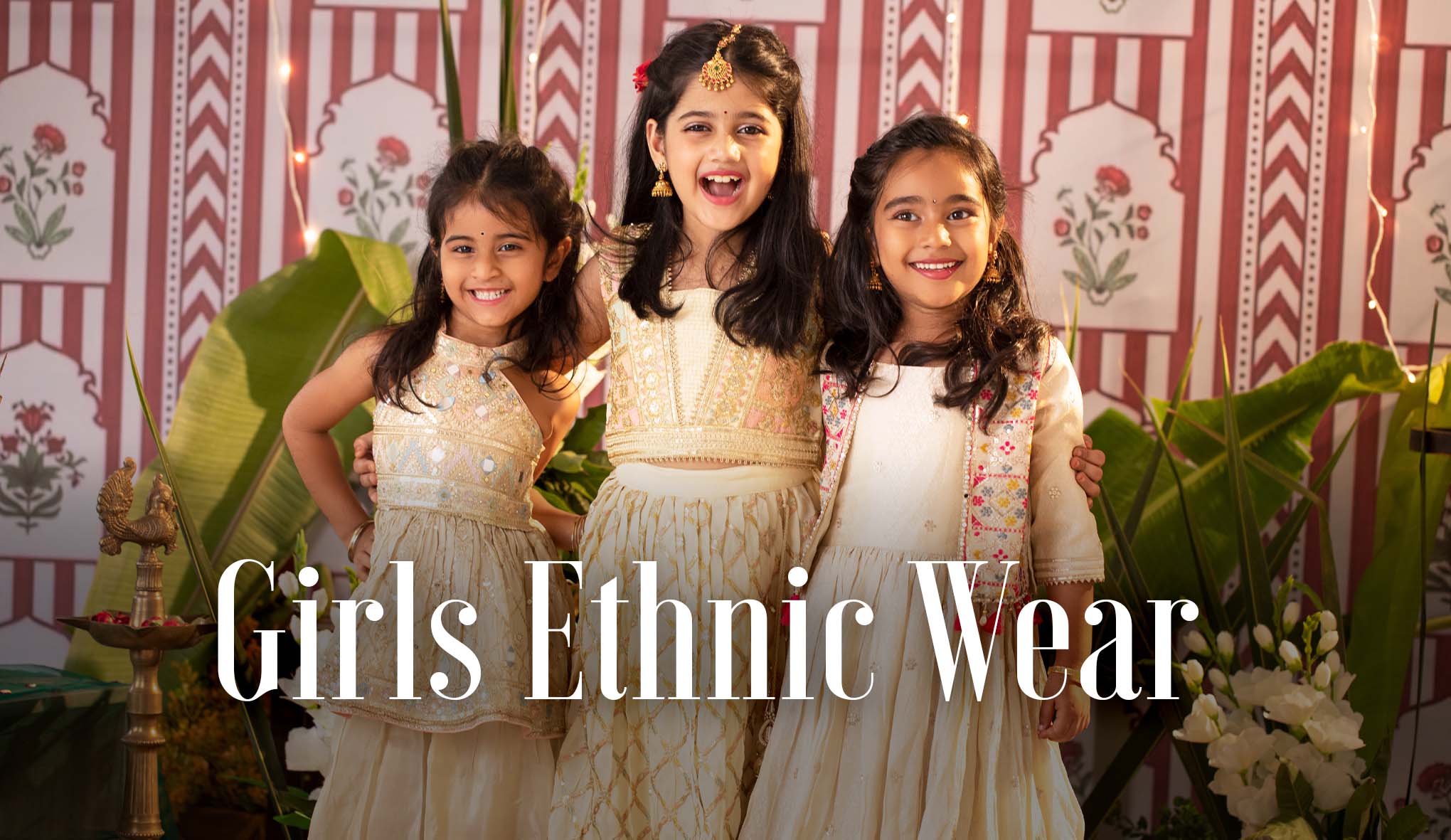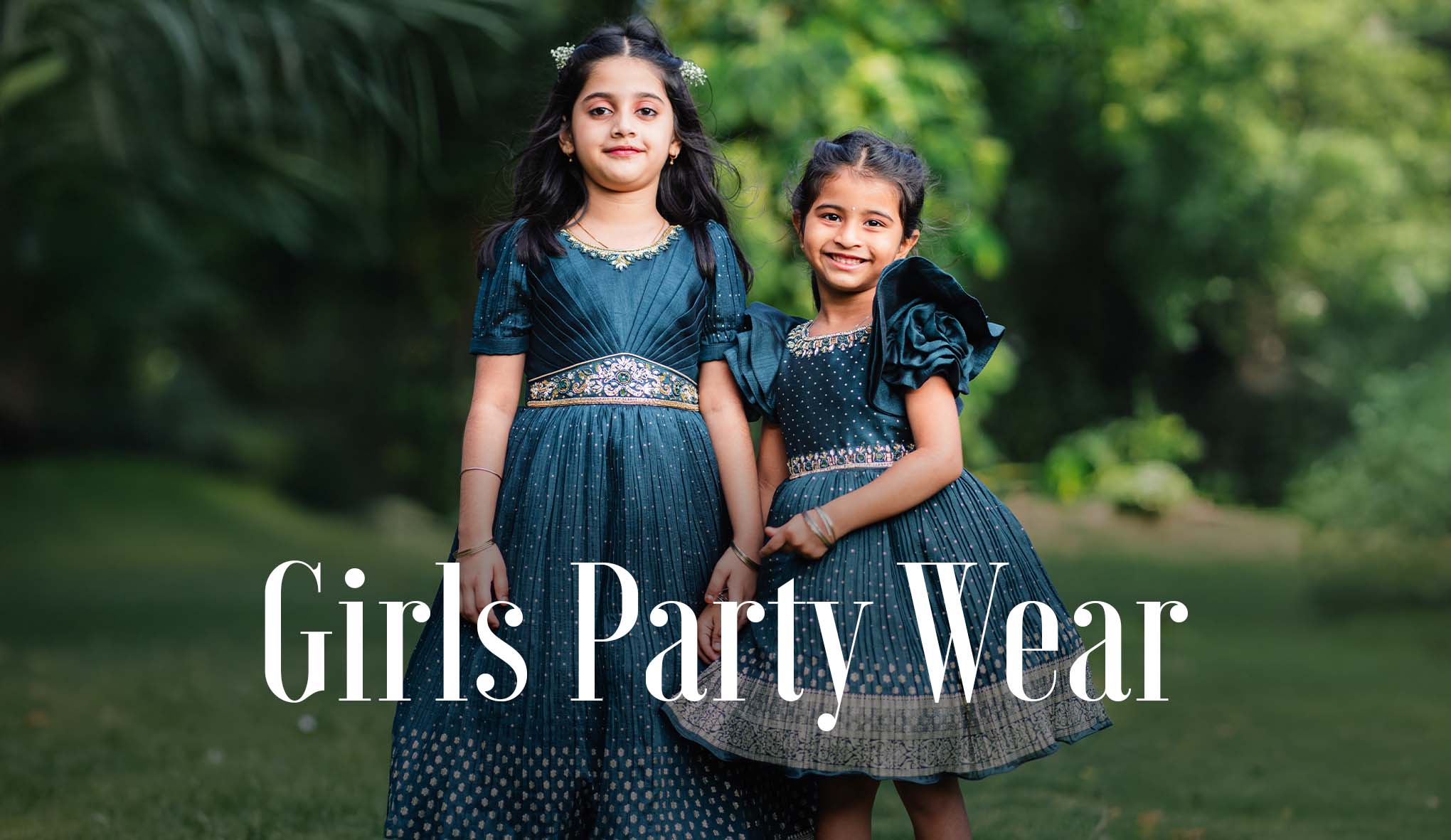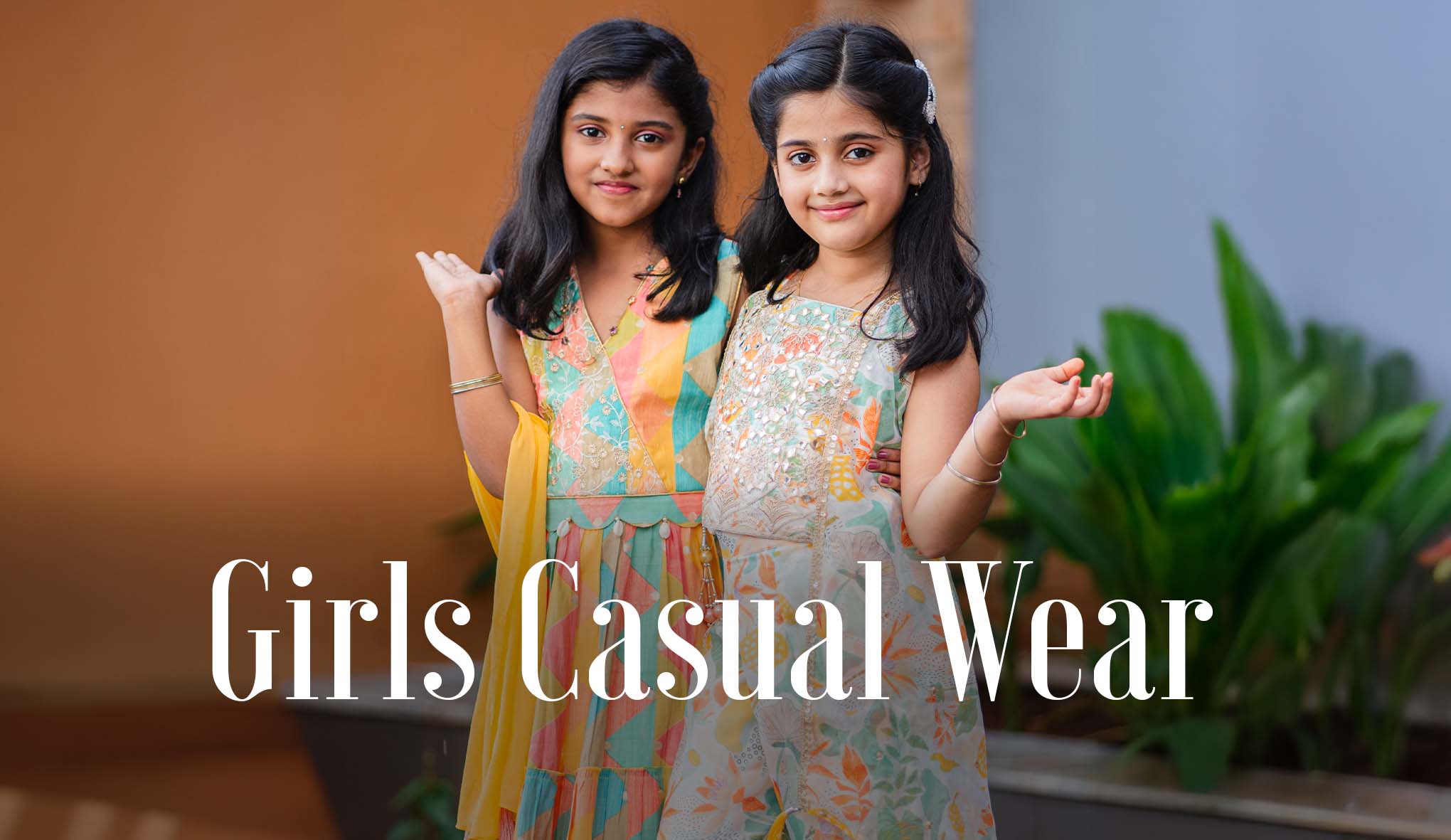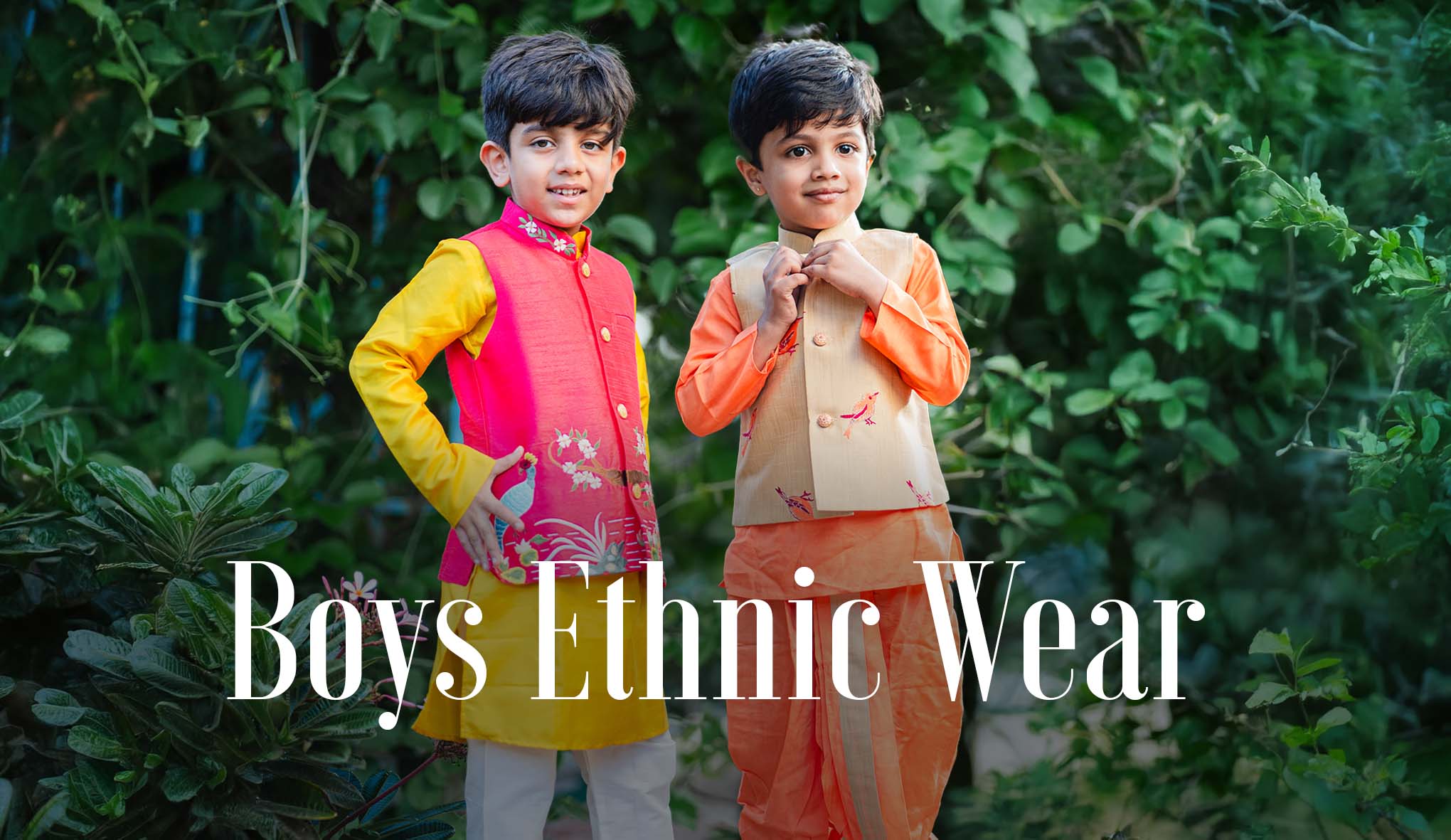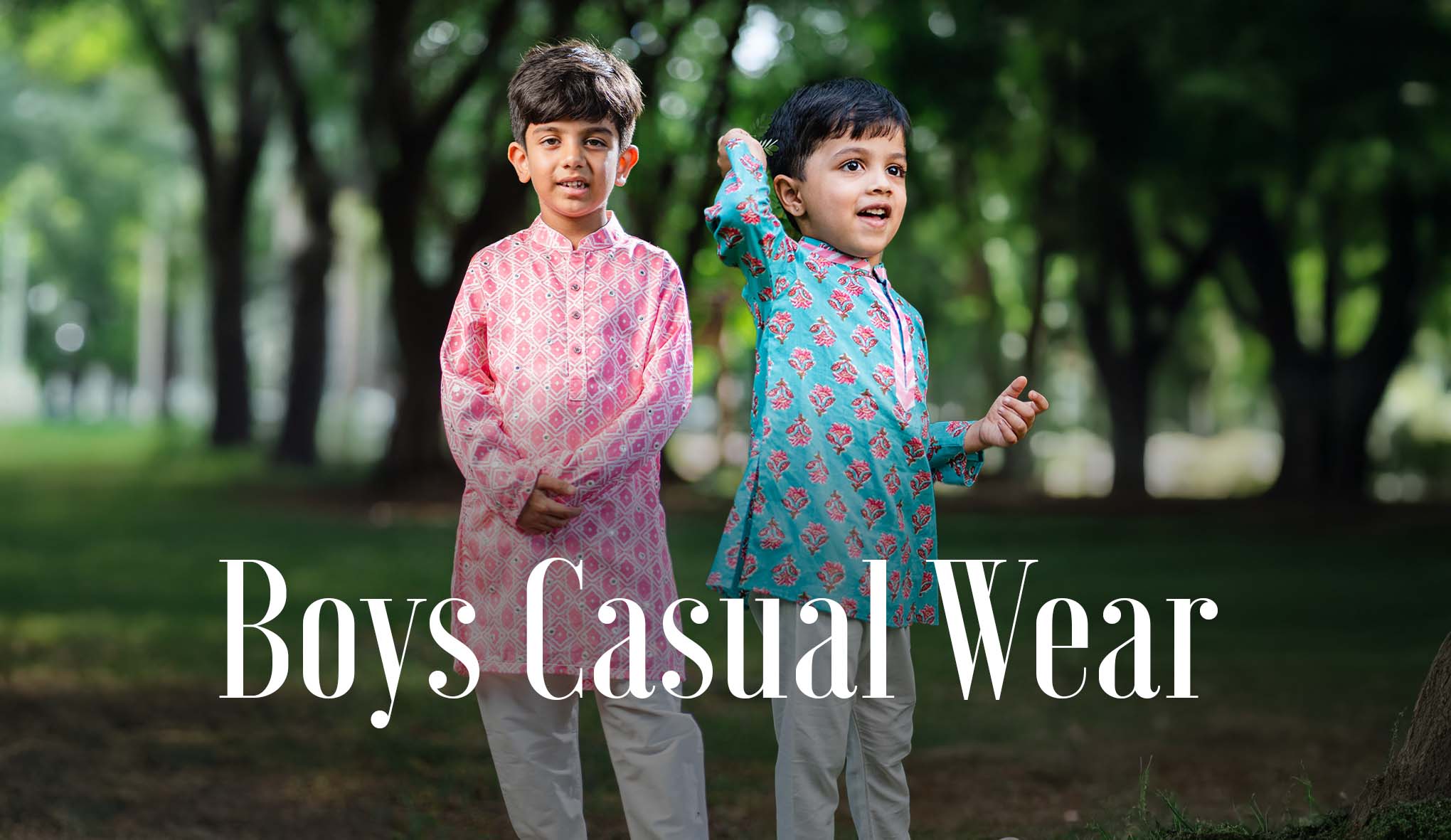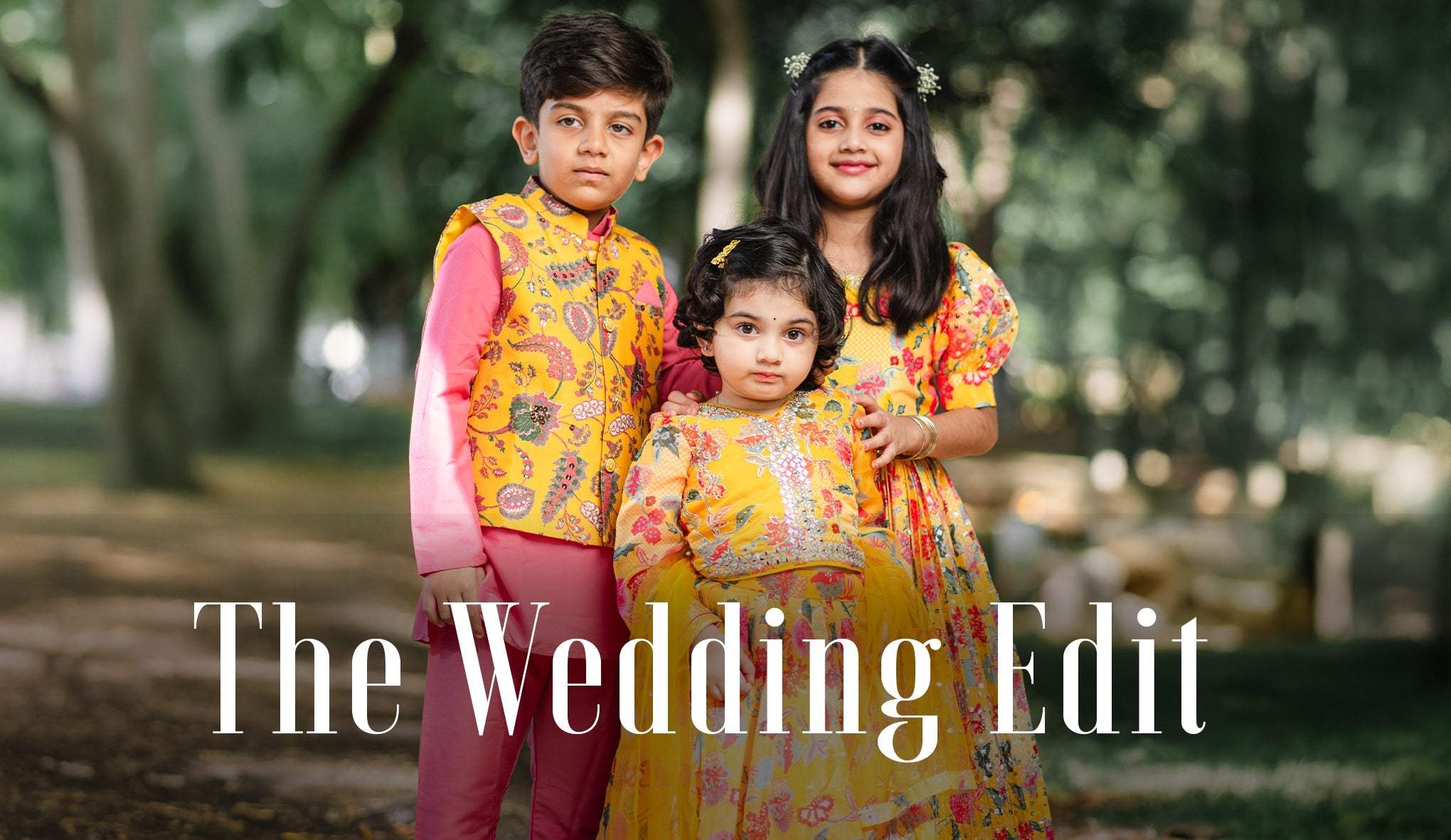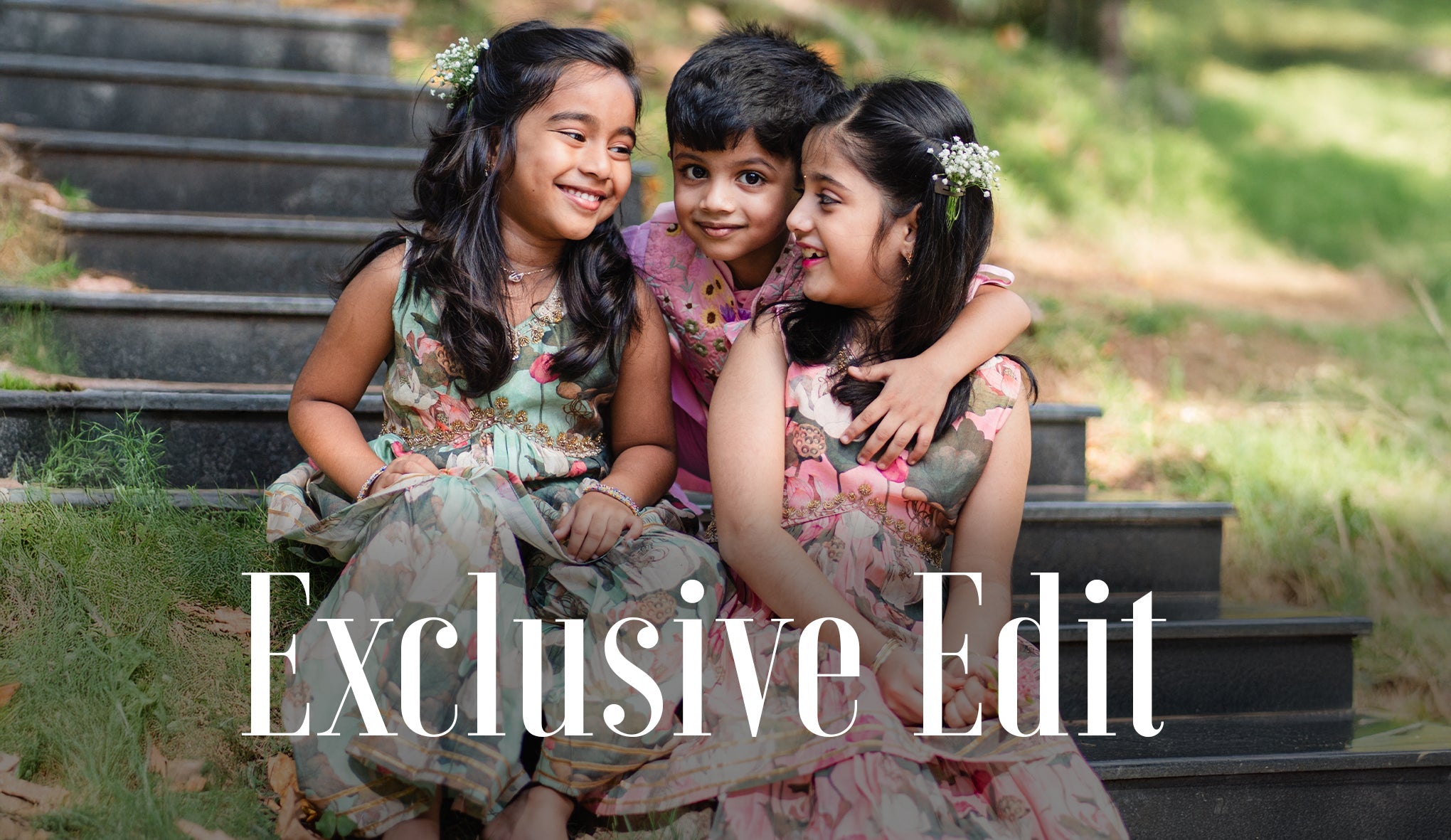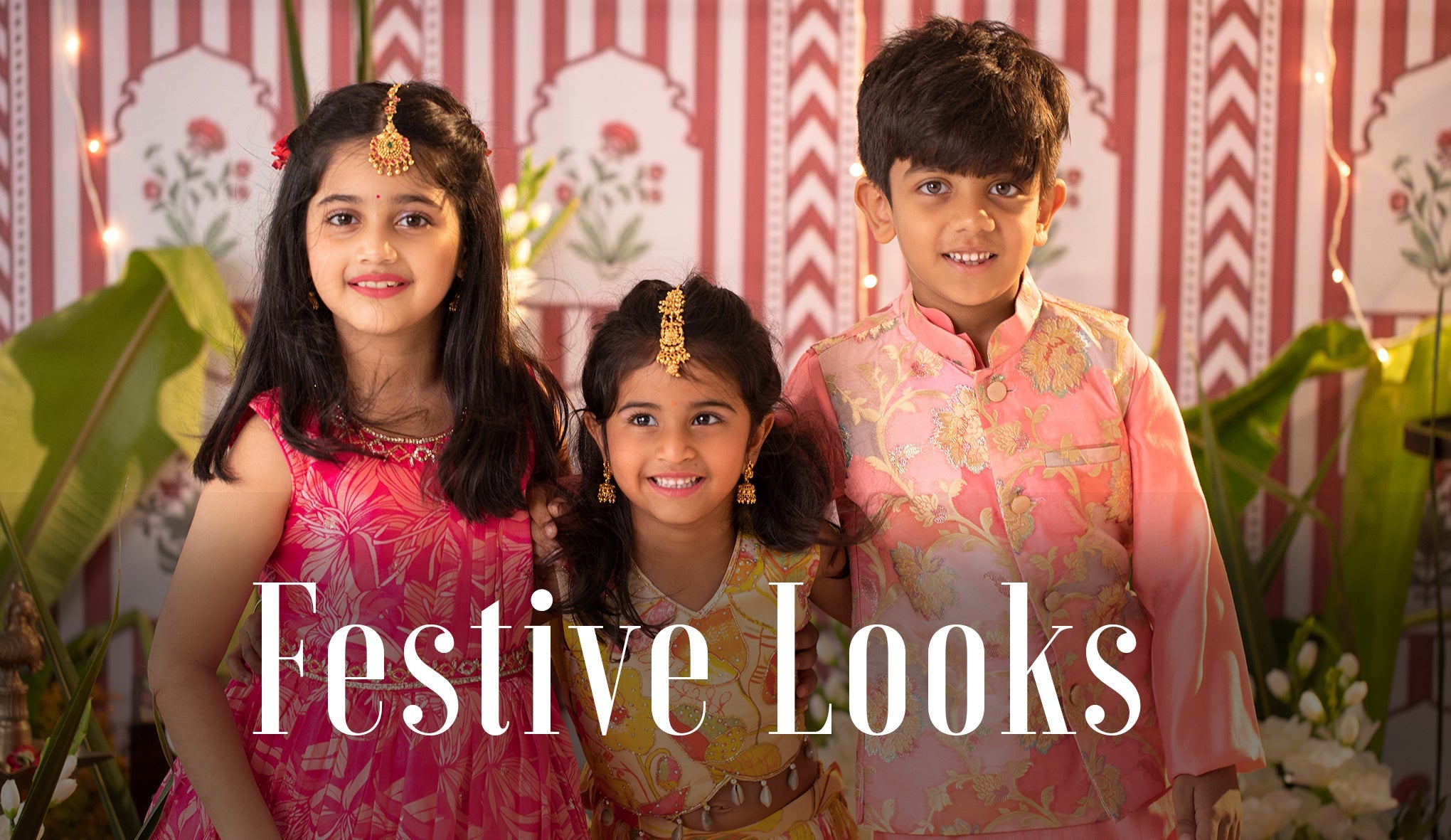What is Pattu Pavadai & How it is called in South Indian states ?
 Pattu Pavadai is a traditional dress of South India.
Pattu Pavadai is a traditional dress of South India.
The paavadai or langa is a cone-shaped, long skirt that is pleated and tied around the waist, normally made of silk, that hangs down from the waist to the toes. It usually has a contrast border at the bottom.
A Top/choli is a blouse shell garment, which is cut to fit the body and has a styled neckline and short sleeves nowadays according to the trend there are various types of necklines and sleeves were being used.
Go by these names
Tamil: பட்டு பாவாடை - pattu pavadai
Kannada: ಲಂಗ ದಾವಣಿ - langa davani
Telugu: లంగా వోని - langa voni
Malayalam: പാട്ടു പാവാട - pattu pavada
Girls in south India usually wear pattu pavadai sattai or Langa davani during first naming ceremony (namakaran) and her first rice-feeding ceremony (annaprashana), traditional cultural functions, coming of age ceremonies, festivities and other special occasions.
 pavadai daavani / langa davani
pavadai daavani / langa davani
A paavadai davani / Half saree (also langa voni or langa davani) is a popular traditional dress worn largely in Southern part of India by young girls and teens between puberty and marriage.
It is also known as the half sari or two-piece sari.
This dress is a three-piece outfit contains a langa or paavadai, a cone-shaped, long skirt that is pleated, which is tied around the waist using cord, usually made of silk or cotton, that drapes down from the waist to the toes.
And a voni, oni, or davani, which is a fabric normally 2 to 2.5 metres in length. The voni is wrapped diagonally over a blouse/choli (a tight-fitting blouse, the same as that worn with a sari).

A modification of this is the Gagra choli of Northern part of India (the distinction between the two being the direction of draping the dupatta or voni). Young girls between puberty and wedding wear this dress. Girls younger than this may wear it on special moments. In South India, coming of age ceremonies are celebrated when a girl reaches puberty.

She wears a pavadai dhavani / Half saree given by her maternal grandparents, which is worn during the first part of the ceremony and then she is given her first saree by her paternal grandparents, which she wears during the second half of the celebration. This marks her transition into womanhood. The modern-day "lengha-style sari", worn by Indians across the subcontinent mainly for special events, is inspired by the langa voni.



